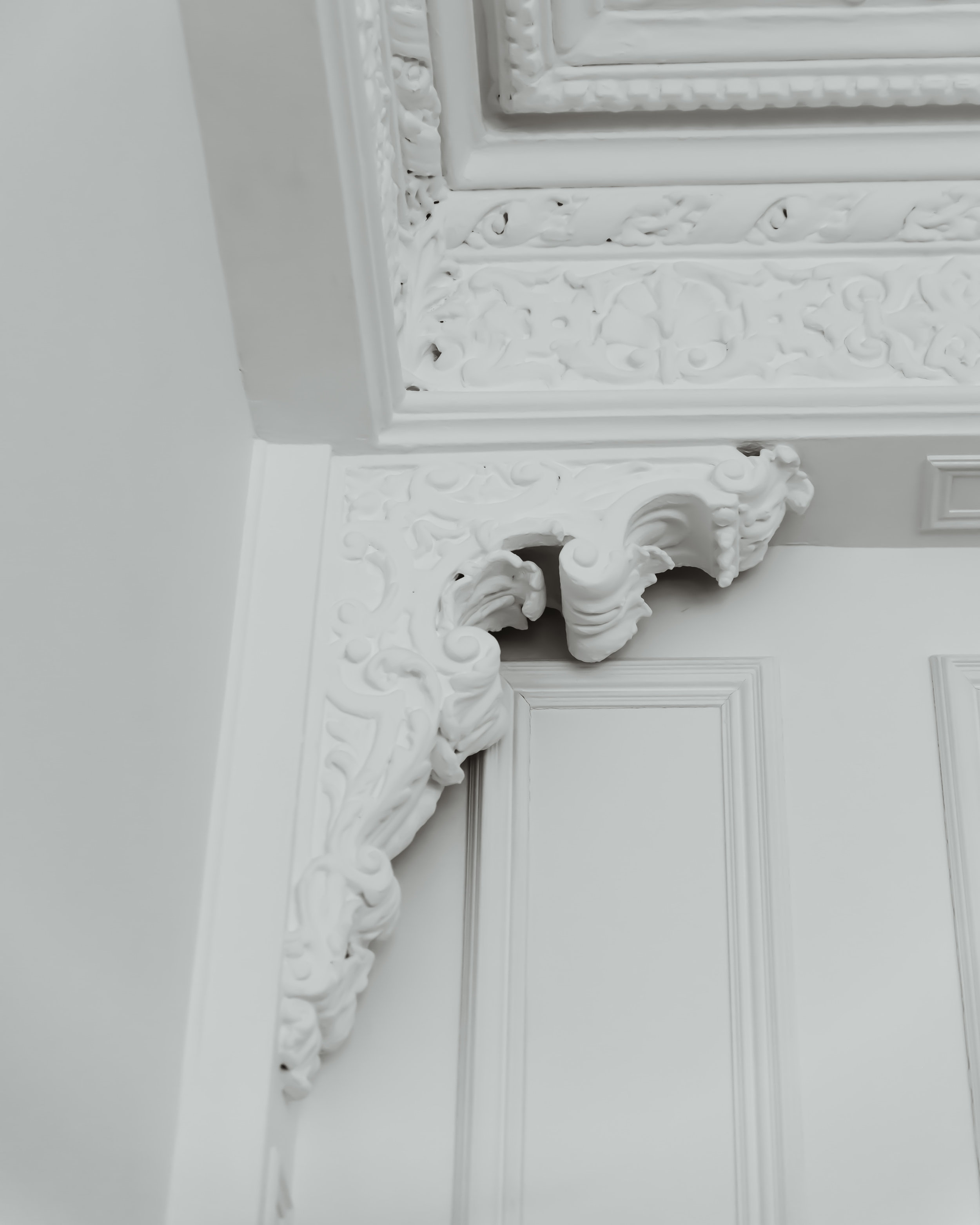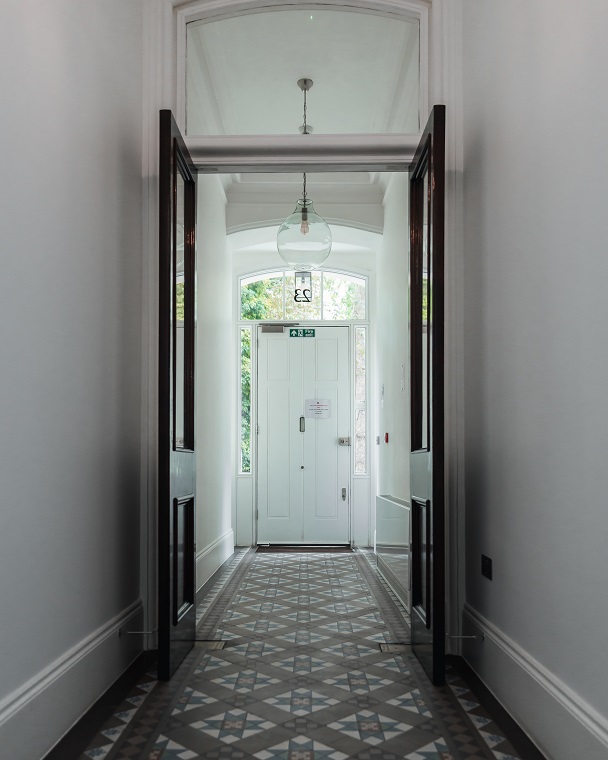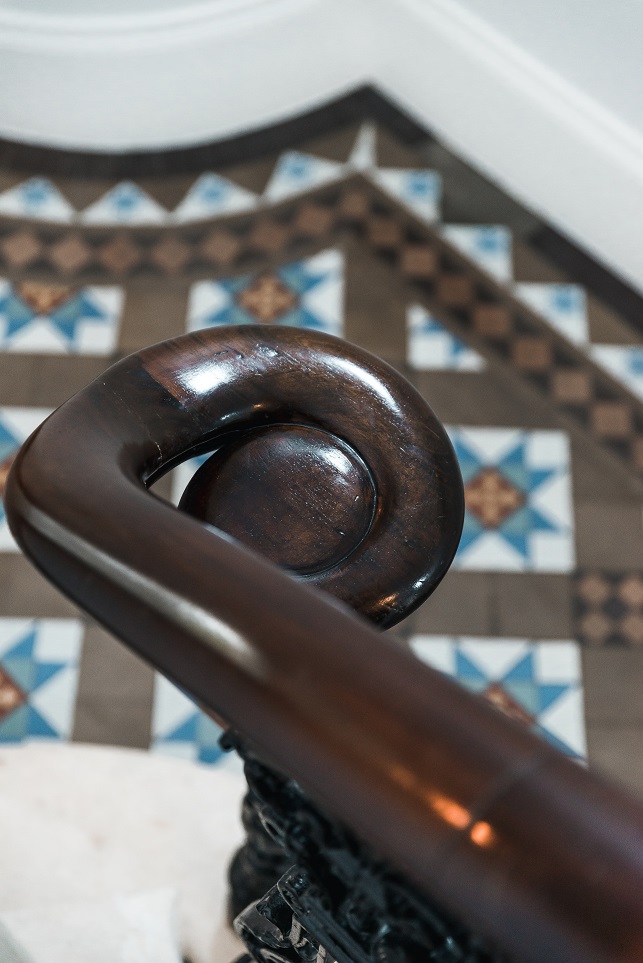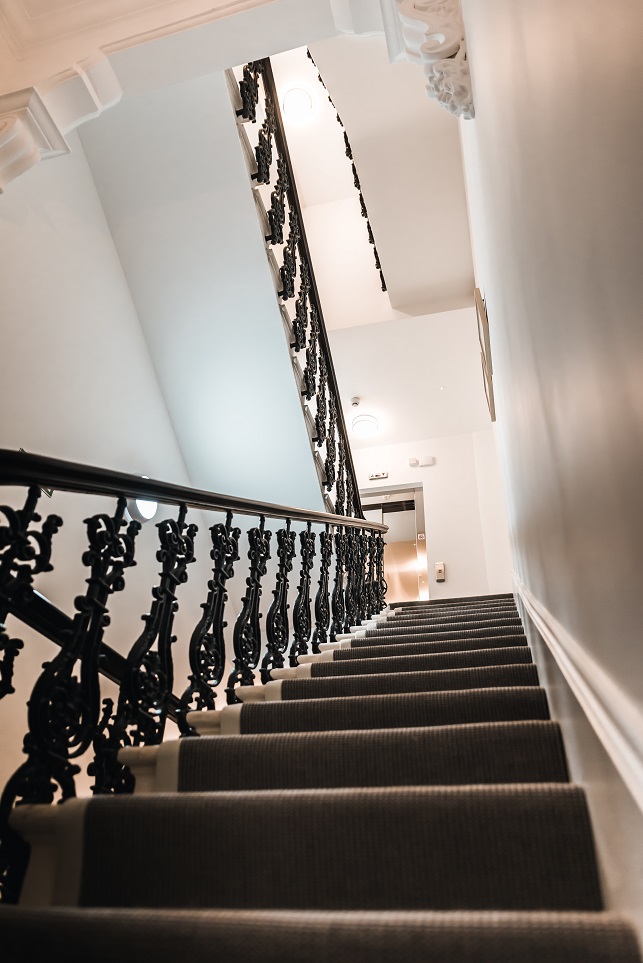Knight Frank’s recent London Report 2019 isn’t as gloomy as might be expected. Despite the impact of Brexit and political uncertainty, London has retained its place as a desirable home for investment. In 2018, more than £16bn of commercial property was transacted in the city, said Knight Frank; more than any other global city. 14.8m sq ft office space was let in 2018, the highest level since 2014.
Underpinning the continued success of London’s commercial market is the clear flight to workplace quality demonstrated by office developers and tenants in recent years. In the race to recruit talented staff, employers are using the workplace as a shop window; to demonstrate their digital prowess, the care they take of staff and their environmental commitments.
The drivers behind quality
In terms of digital prowess, many businesses are keen to reflect the UK’s leading position in sectors such as fintech and legaltech. These high-growth businesses are seeking to develop at scale in London and require workplaces that are highly digitally enabled. Tech companies will continue to increase their share of the office take-up market, looking for the locations and high-end amenities they need to grow.
Staff wellbeing has come to the fore in recent years. Gyms and cycle facilities, for example, are now expected while some employees go further with the addition of yoga studios and cafes that focus on healthy food. Businesses are choosing to create spaces that support the mental wellbeing of staff, focusing on natural light, biophilic design and spaces to relax. Today, the workplace is viewed as a tool to boost staff productivity.
Both society and the government are pushing environmental concerns towards the top of a business’s agenda. Any new or refurbished office must now display a commitment to a lowered carbon footprint, using materials and technology that will reduce utility use.
Quality sits alongside flexibility
Crucially, businesses are proving willing to pay higher rents for the best quality workplaces that offer the best possible solutions. The growth of space-as-a-service is driving up quality even more; the increasing competition between providers of flexible space means that businesses expect a higher level of quality for the higher rent that they will pay.
Even those businesses that opt for a traditional lease of their own front door are seeking workspaces that offer flexibility, according to Knight Frank. Agile working environments, which allow employees to work in a variety of settings according to the task in hand, are dominating. The line between open plan and cellular offices is blurring as occupiers demand more innovative uses of space; moveable walls, small pods for private calls and open spaces where people can brainstorm ideas.
Quality has always been the differentiator between gaining and losing an office tenant, but now more than ever businesses of all levels are aspiring to higher end. This can only be good news for those looking to invest and develop inspiring, innovative workspaces.


















